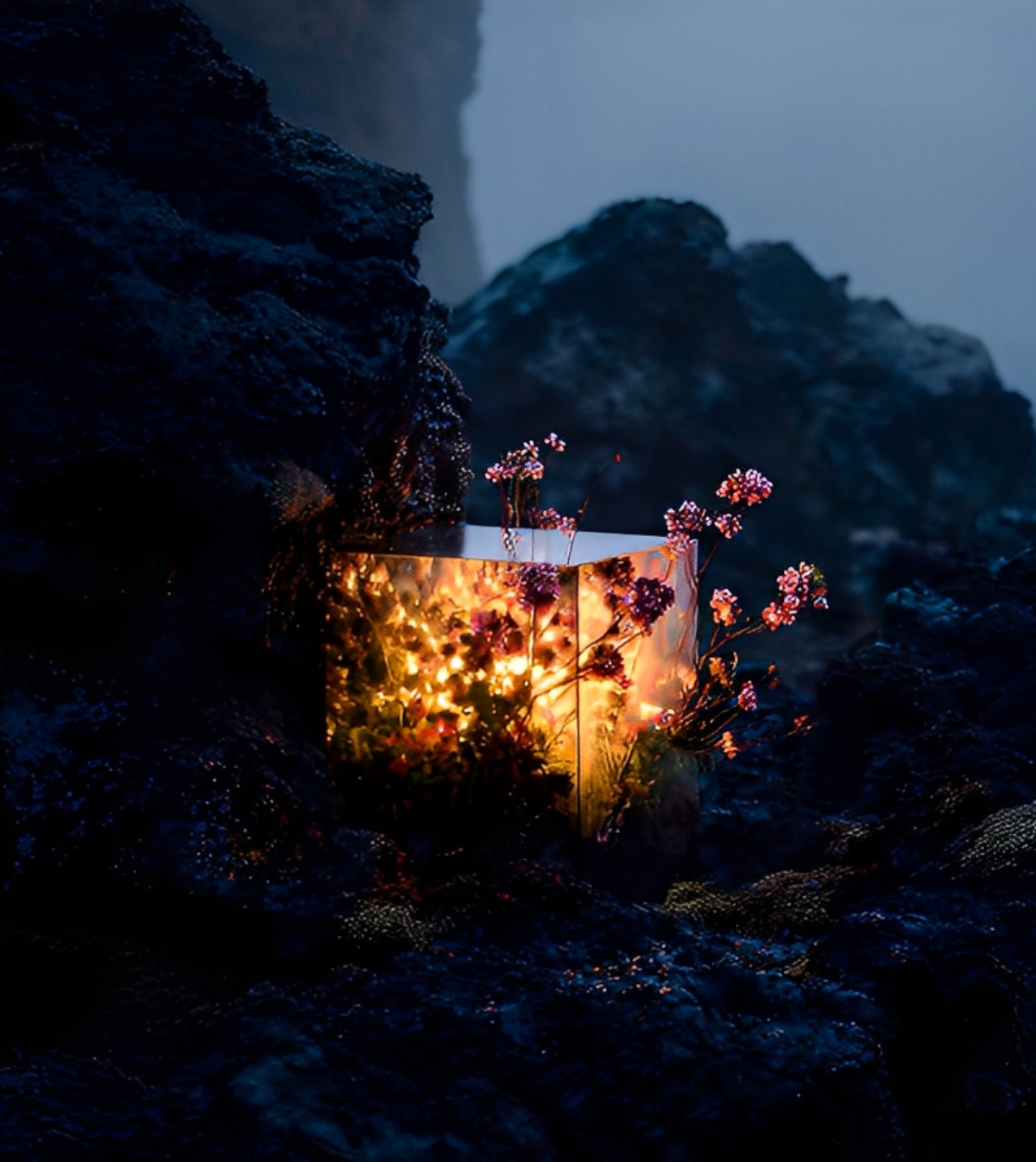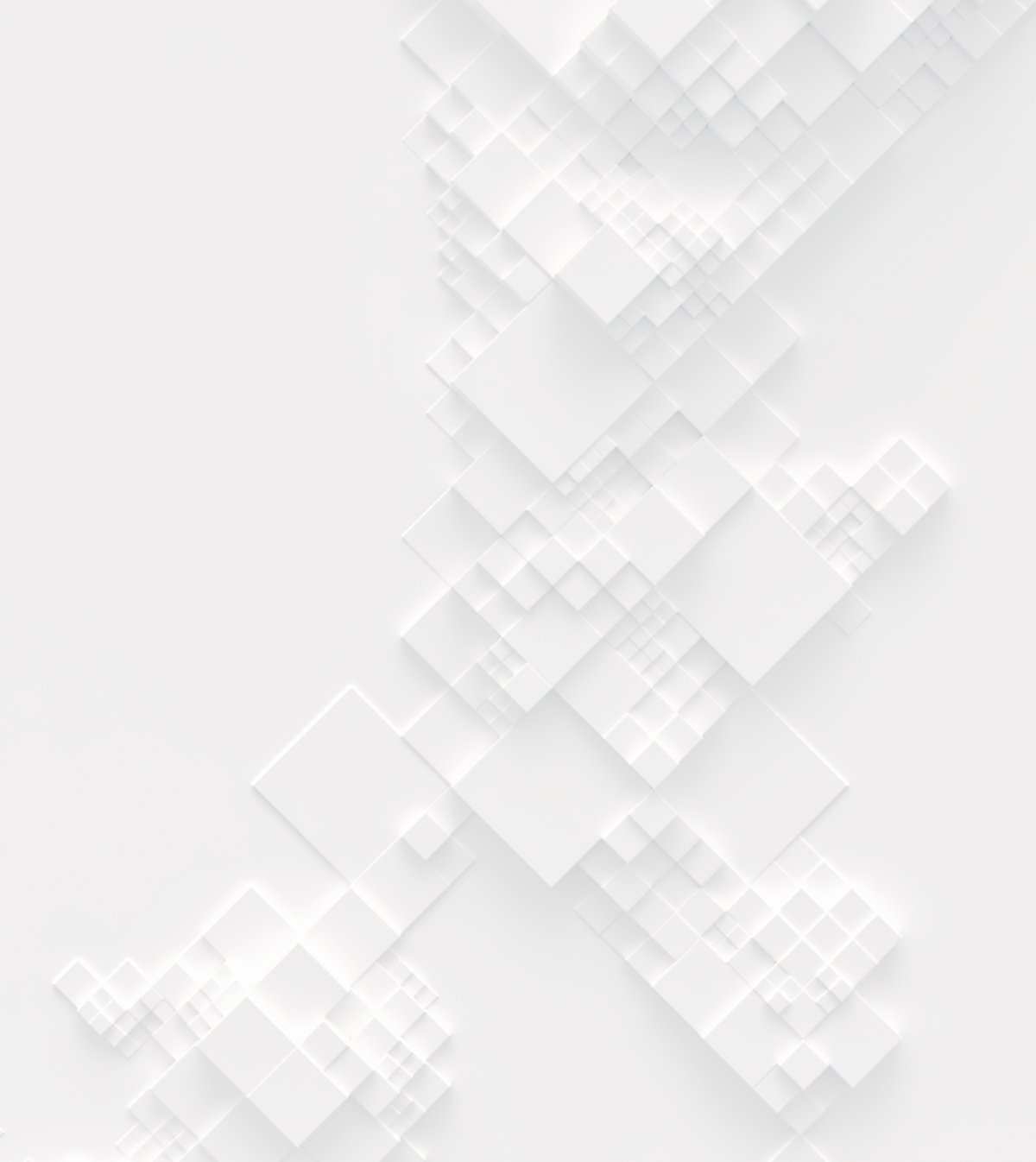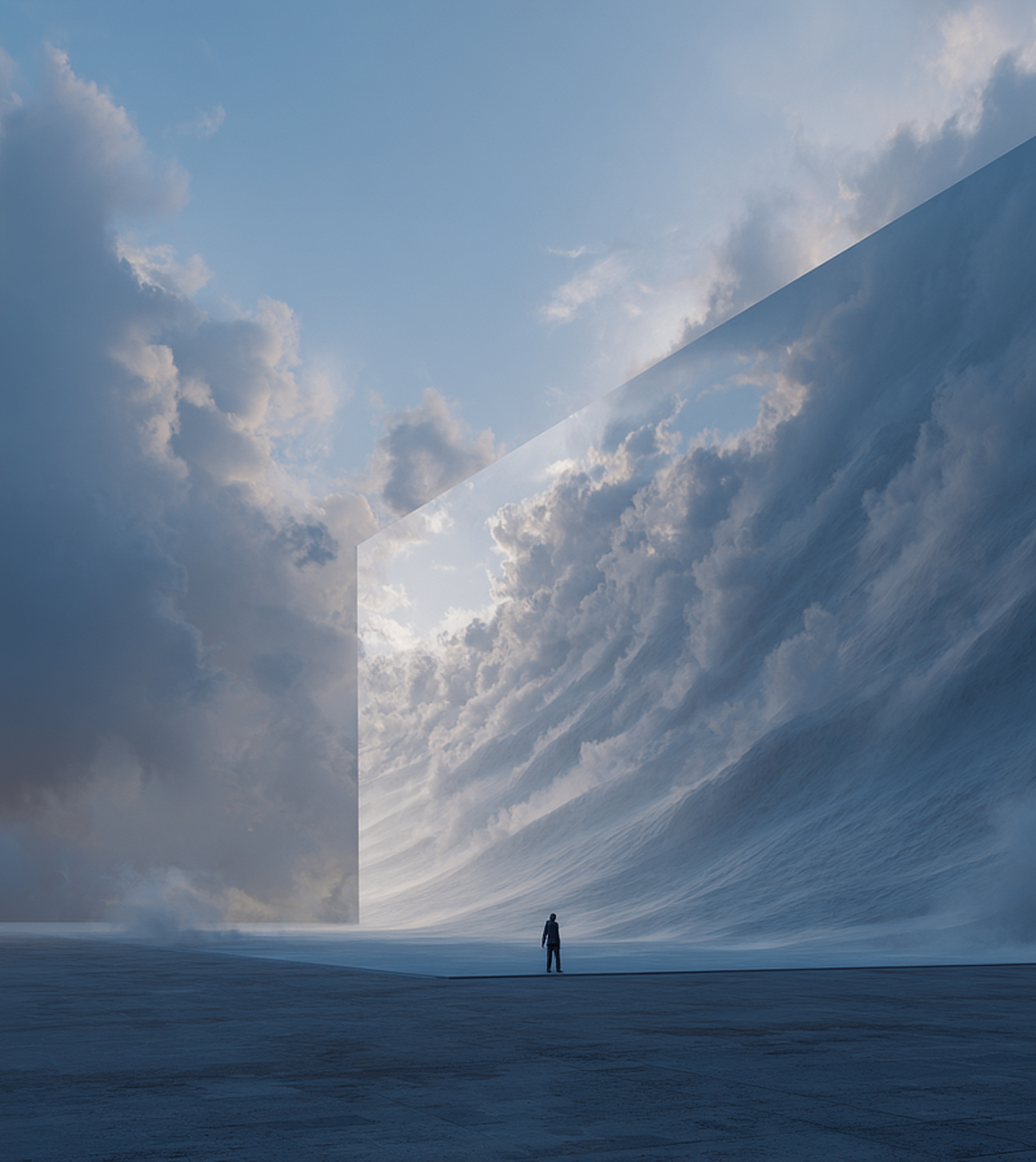Railways allow travelers a unique level of access to the world’s incredibly varied landscapes, from waterfalls and jungles to snow-covered mountains. The various pit stops along well-traveled and established train routes allow travelers a better chance to explore the local environment.
Hafod Eryri – Snowdon Summit Visitor Centre, Wales
Wales may not be the first country that comes to mind when you think of incredible train journeys, but on a clear day the Snowdon Mountain Railway offers views right across the Irish Sea. The views from the Welsh peak are breathtaking, and reach an astounding 3,560ft (1,085 metres), making it the highest British mountain south of the Scottish highlands. The weather at the summit can be extreme, with winter winds reaching 150 mph and temperatures that drop below -20C.
The terminus of the majestic Snowdon Mountain Railway was marked with, what Prince Charles described as the "highest slum in Wales". The work of well-respected architect Clough Williams-Ellis stood for 70 years as an eyesore amidst beauty before finally being demolished in 2006. The “slum” was then replaced with the minor masterpiece that is the Hafod Eryri Snowdon Summit Visitor Centre.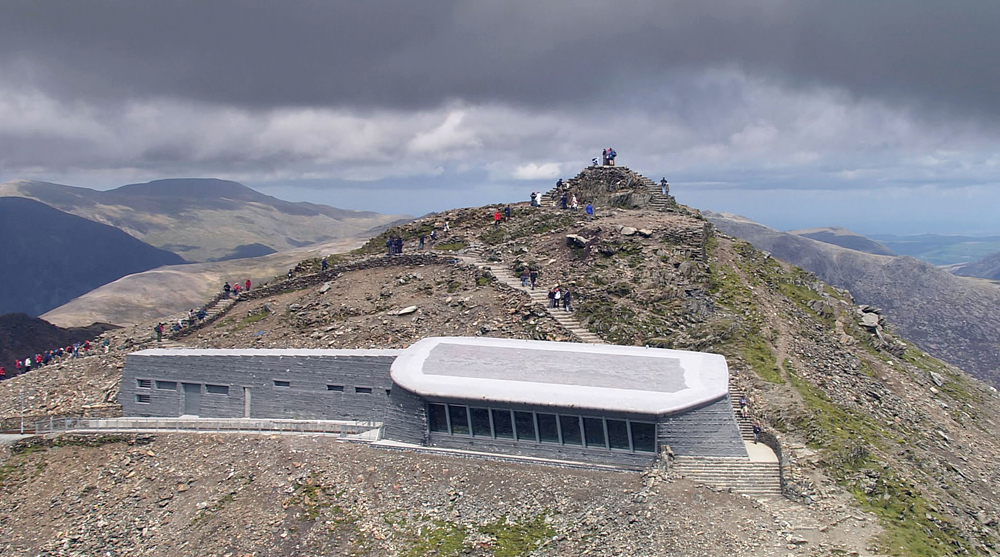
Image source: www.britainbyheart.com
Designed by the Croydon-based architect Ray Hole, the stone and slate-faced building is both modern and ancient, now as much a part of the landscape as the mountains themselves. It hunkers down into the rocks with walls and a roof that are curved to fit Snowdon's contours and to counter the tumultuous winds and rain.
Zaha Hadid Architects - Nordpark Cable Railway, Austria
From stone and slate buried into a mountain, to the otherworldly shapes that are typical of Zaha Hadid, the Nordpark Cable Railway features four stations along the length of the network. Starting at the station of Congress in the centre of the city, the railway travels to Loewenhaus station before crossing the river, ascending the Nordkette Mountain north of Innsbruck to Alpenzoo station. The final station is at Hungerburg village, 288 metres above Innsbruck, where passengers can join the cable-car to the summit of the Seegrube Mountain.
Image source: archibillion.wordpress.com
Zaha Hadid Architects won the competition to create the Nordpark Cable Railway in 2005 and was actually the second project that the prestigious firm completed in the city of Innsbruck (the first being the Bergisel Ski Jump completed in 2002). Zaha Hadid considers the stations the global benchmark for the use of double curvature glass in construction and explains that the design for each station was adapted to site-specific conditions while still maintain a coherent overall architectural language of fluidity.
“Each station has its own unique context, topography, altitude, and circulation. We studied natural phenomena such as glacial moraines and ice movements – as we wanted each station to use the fluid language of natural ice formations, like a frozen stream on the mountainside.” says Hadid. “A high degree of flexibility within this language enables the shell structures to adjust to these various parameters whilst maintaining a coherent formal logic. Two contrasting elements ‘Shell & Shadow’ generate each station’s spatial quality, with lightweight organic roof structures of double-curvature glass ‘floating’ on top of concrete plinths, creating an artificial landscape that describes the movement and circulation within.”
New production methods such as CNC milling and thermoforming guaranteed a very precise and automatic translation of the computer generated design into the built structure. Zaha Hadid Architects used state-of-the-art design and manufacturing technologies developed for the automotive industry to create the streamlined aesthetics of each station.
Ghum railway station - Darjeeling Himalayan Railway, India
Despite the growing efficiency and affordability of air travel, trains are still the most comprehensive form of travel around India, enabling travelers and locals access to the innermost areas of the country. India's highest railway station, and world's 14th highest, Ghum railway station is relatively small. It lies on one of the most beautiful railway tracks in the world and is located close to Darjeeling.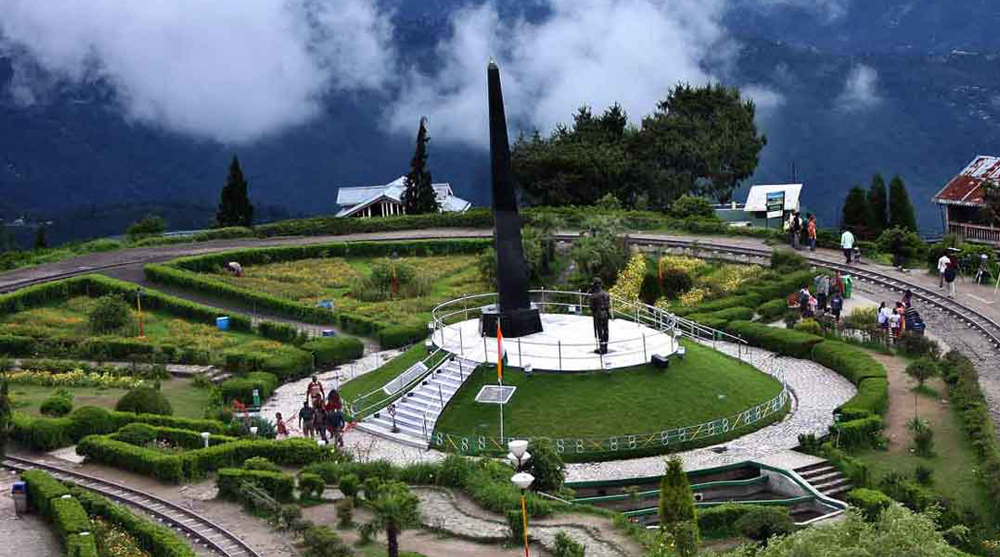
Image source: www.jokingree.com
Construction of the Darjeeling Himalayan Railway began in 1879, and reached Ghum in April 1881. The Ghum railway station is the highest railway station in India, situated at an altitude of 2,258 metres (7,407 ft) above sea level. It is the home of the Batasia Loop, a bend of the Darjeeling Himalayan Railway and is situated near the Ghum Monastery which enshrines an image of the Maitreya Buddha and was built in 1875.
Image source: girishpalkartravel.blogspot.com
Trains that depart from the Ghum railway station descend approximately 182.9 m (1,000 ft) to Darjeeling, first crossing the graceful double loop at Batasia which translates as meaning “windy place.”
Though few rail journeys can match the grandeur of the Trans-Siberian Railway, plenty will still try. And though the joy of the journey comes from “riding the rails” so to speak, it’s the stops along the way that allow tourists and travelers to take in the scenery and surroundings and fully experience the countries and cultures they are visiting. For a chance to create a pit stop along the world’s most famous railway journey, enroll in the Trans Siberian Pit Stops architecture competition and create designs that will be optioned for construction along this iconic route. The Trans Siberian Pit Stops architecture competition is a chance for architecture enthusiasts to combine the rich cultural history of this iconic train route with modern architecture techniques, to create something that will become a part of this world famous landmark.
Top 3 Reasons Why You Should Enter Architecture Competitions
Curious about the value of architecture competitions? Discover the transformative power they can have on your career - from igniting creativity and turning designs into reality, to gaining international recognition.
Learn more






